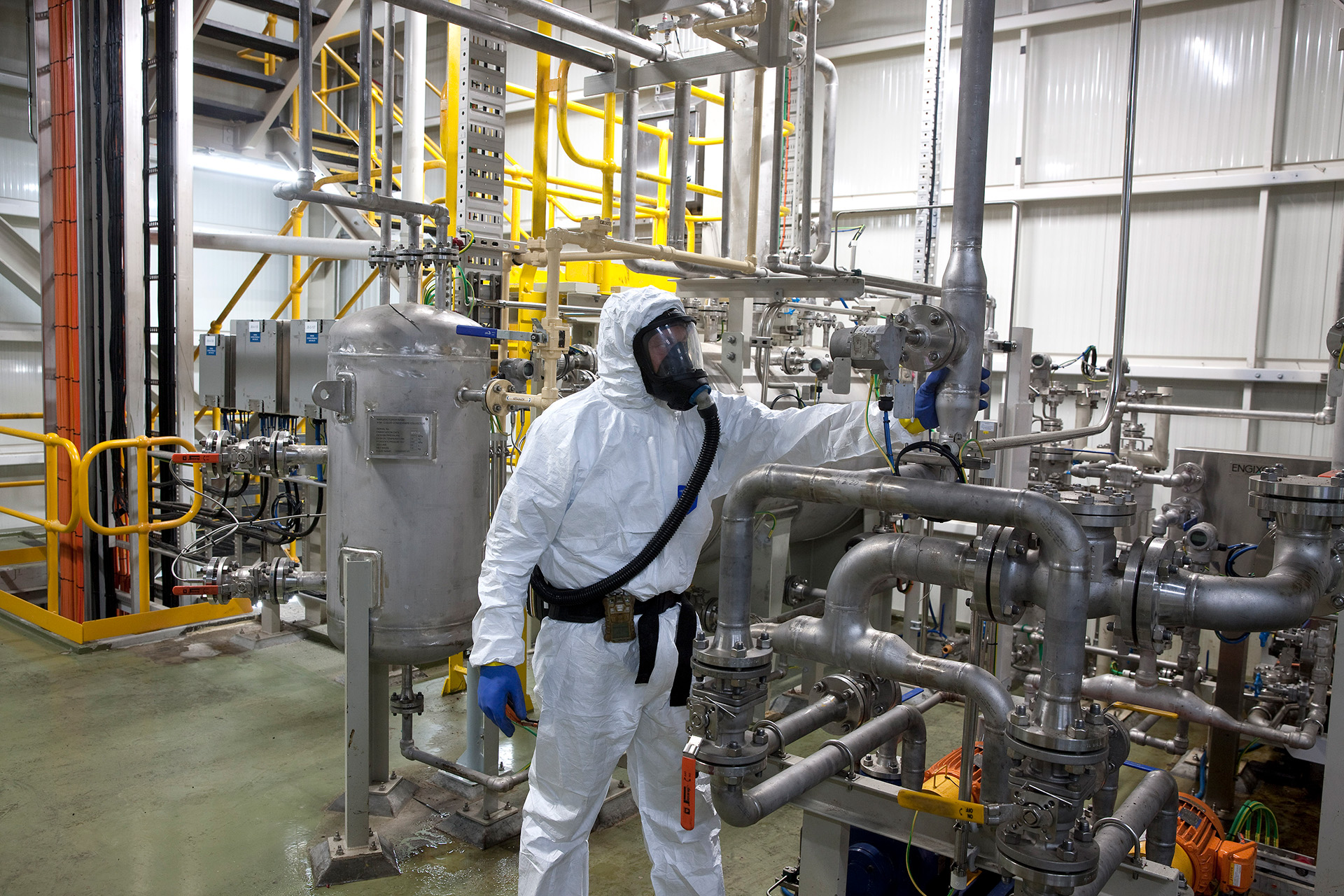Within a few days of launch, more than 300,000 people put down deposits on the Tesla Model 3 electric car. While Tesla may be the highest profile electric car manufacturer at the moment, it is far from the only one. Many major brands are getting in on the act and there are plenty of reasons to believe that the future of motoring will be electric.
The explosion in electric vehicle production is going to drive a massive expansion in lithium battery production, begging the question: does the world have enough lithium to supply what looks like a huge increase in demand for the lightest of all metals?
A car with a 50 kilowatt-hour (kWh) battery requires about 4 kg of lithium metal (21 kg of lithium carbonate). The US Geological Survey estimates global reserves of the metal to be about 40 million tonnes, enough for 10 billion small to medium sized electric cars which is about eight times the number of cars on the world’s roads today.
No problem then? Well, we will also be wanting quite a bit of lithium for home storage and utility scale batteries, and to power our mobile devices. And lithium has other uses – quite a bit goes into making glass, ceramics and lubricants. So all in all, there’s a real possibility that within a few short decades the demand for lithium could exceed supply.
In the short term this presents opportunities for Australia on the supply front. Even now, when vast quantities of lithium need to be extracted and put to economic use, we need to be planning for the large-scale recycling of lithium batteries.
Our Next Mining Boom?
While Bolivia, Chile and Argentina sit on the largest reserves of lithium, Australia is a leading producer with estimated reserves of 1.7 million tonnes. However, our lithium is less attractive to battery manufacturers as it is in the form of the mineral spodumene, which requires further processing to produce the lithium carbonate used in batteries. Lithium from the salt brines of South America and some other countries is already in the form of lithium carbonate.
Even so, the general rising demand for lithium has seen an increase in demand for ‘rock’ lithium, and spodumene is well suited to glass and ceramic production. At a time of depressed commodity prices lithium is one of the brighter prospects for our mining industry. Once there is a critical mass of lithium moving from working batteries into dead batteries, the need for recycling will ramp up.
Lithium Recycling Challenges
At present, only about 1% of lithium gets recycled. In part, that’s because so many batteries are still in use. Compared to the total number of lithium batteries in existence, only a small proportion are ready for recycling. Another challenge is that lithium only makes up about 5% of the weight of a battery. In other words, just one tonne of lithium can be recovered from 20 tonnes of batteries. Then there’s the value of that lithium. Even though prices have doubled recently, that 50 kWh battery mentioned earlier contains less than US$300 worth of lithium – a fraction of the total cost of the battery. While recycling of lithium batteries has been underway for many years, low yields and prices have meant that the lithium component has often not been recovered.
But that’s changing. New recycling plants are opening that do recover lithium, along with all the other components that make up the batteries. With growing volumes and economies it is hoped that recycling will provide a cost-effective source of materials for new batteries.
Current Battery Recycling Solutions
For now, the real driver of effective lithium battery recycling is environmental. Electric cars, particularly when powered by renewable energy, offer a solution to the massive environmental problems caused by burning fossil fuels in our car engines. We don’t want to simply replace those problems with new ones when there’s no reason for that to happen.
Solutions already exist for recycling batteries of all types, so call us on 1300 32 62 92 or fill out the form below and see how easy it is to be part of the battery recycling revolution.






